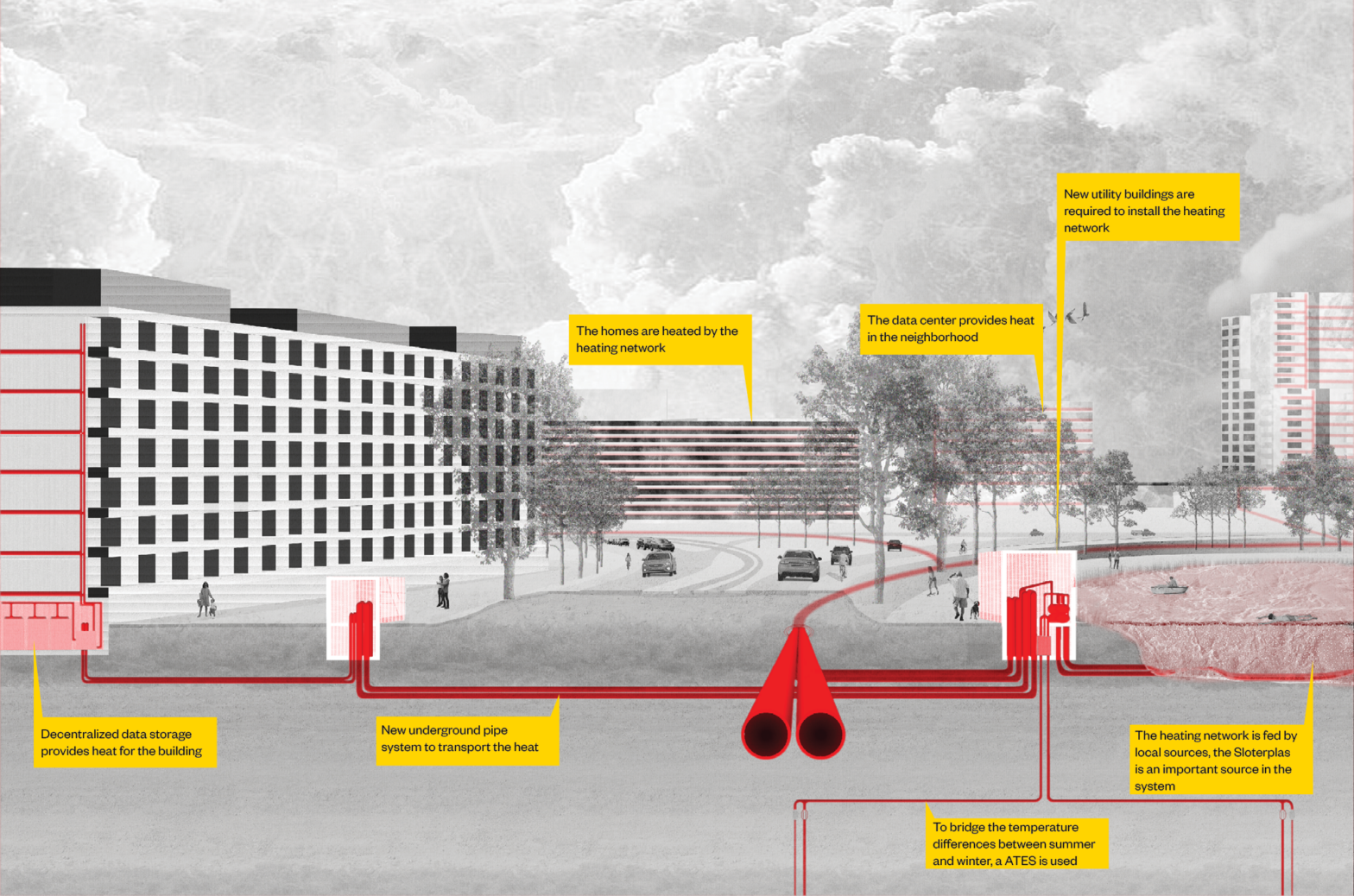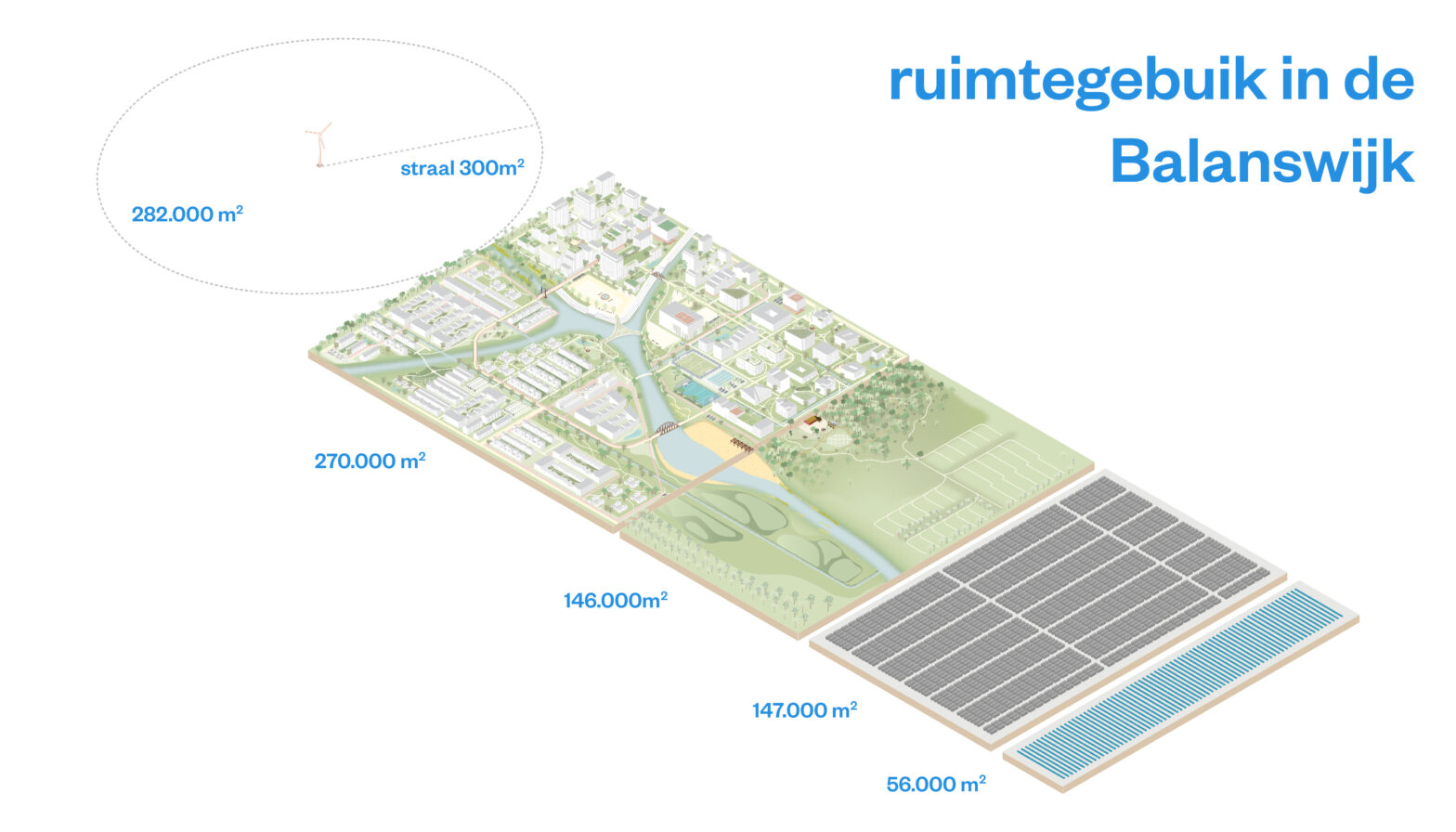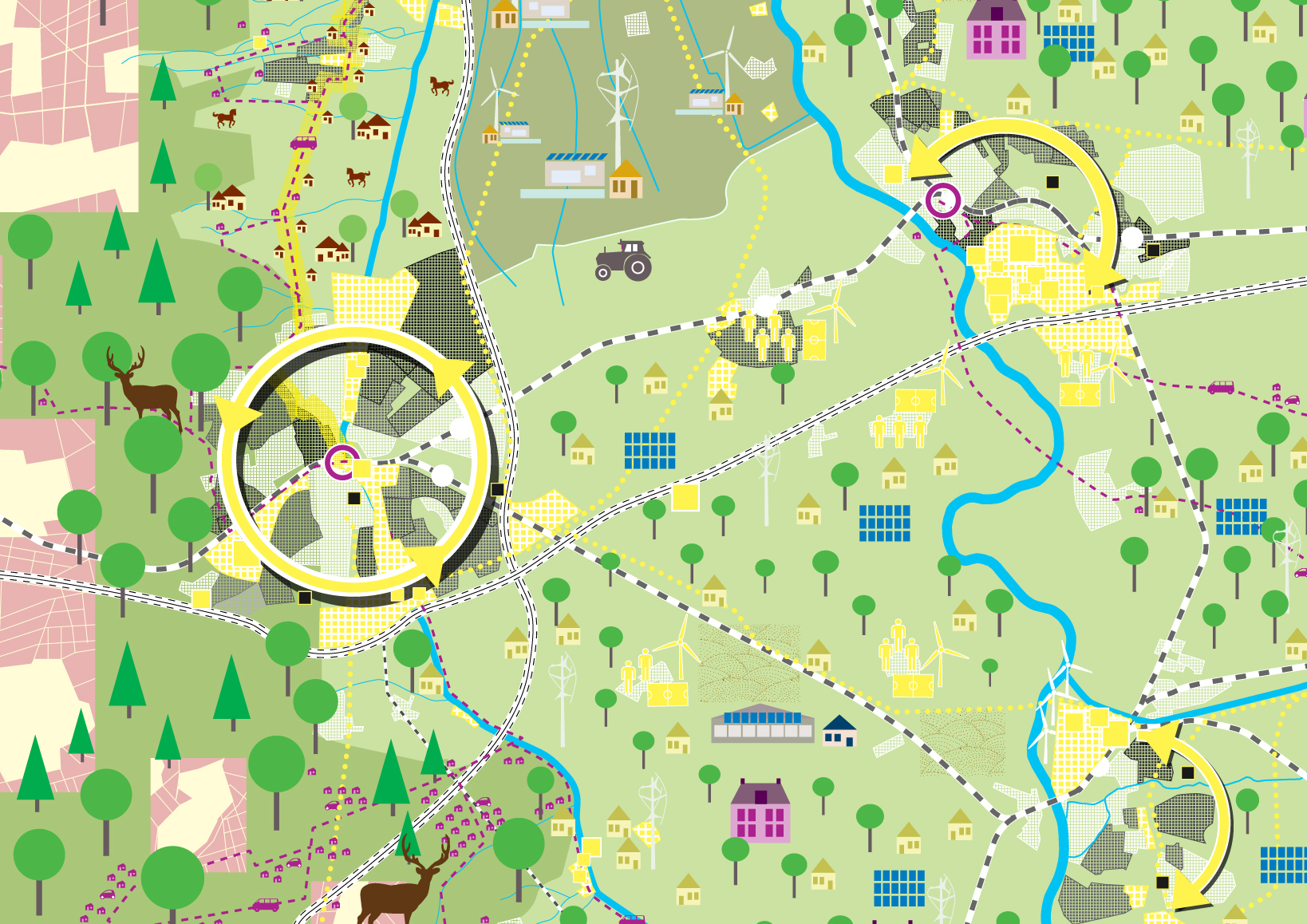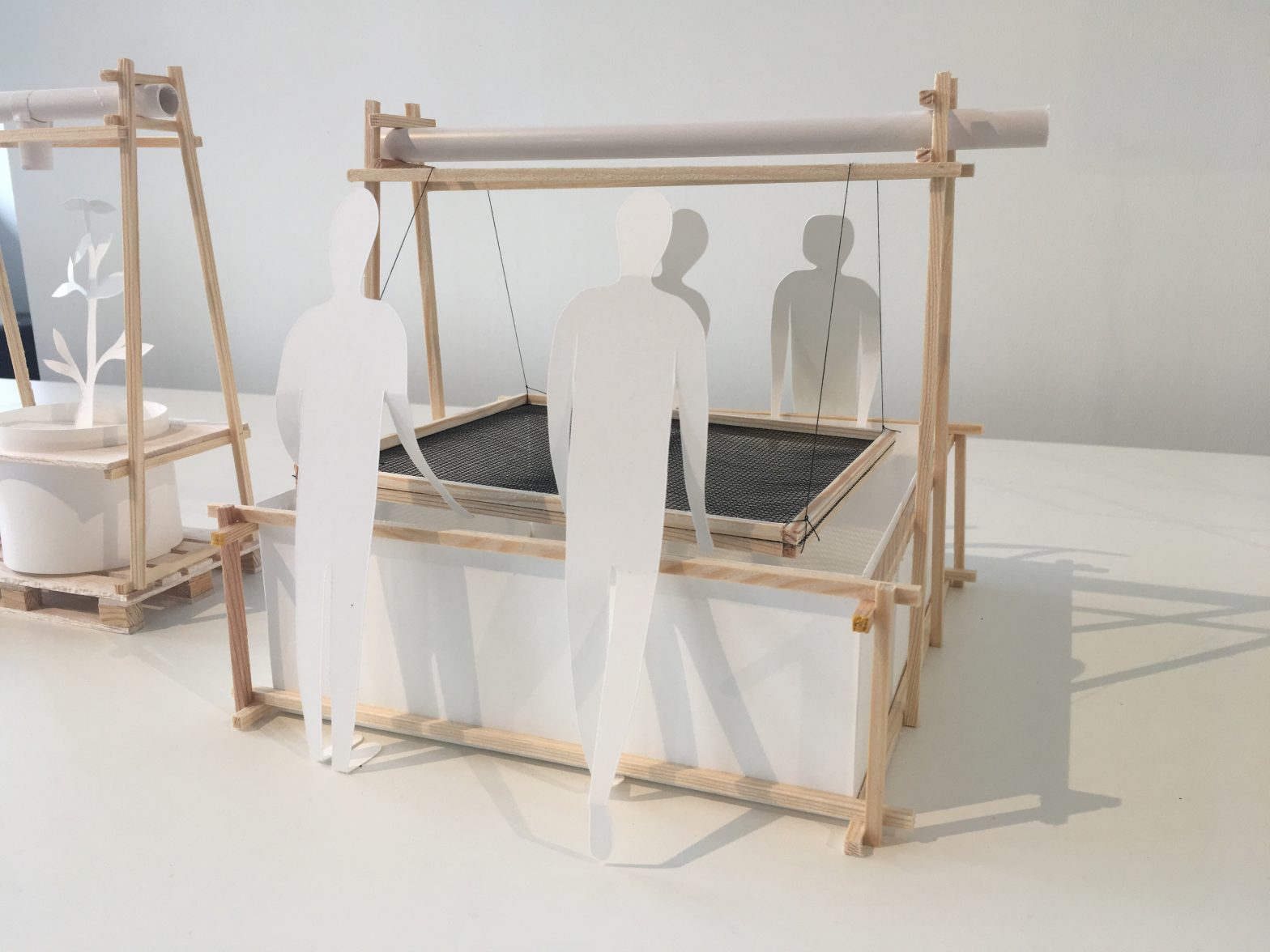Stroom Westerschelde
Zeeland is ready for a new century. A century that will bring challenges we can only solve by bringing together nature, energy and human use. Stroom is a proposal to connect the production of sustainable energy to necessary climate adaptation.
The Westerschelde estuary is dealing with rising sea levels and increasing tidal range. This threatens both water safety and the biodiversity of mudflats and salt marshes. Strong water currents caused by extensive deepening and widening of the navigation channel make this even worse.
The Westerschelde offers room for engineers and nature to collaborate on a new landscape. A landscape on the move, where water and sediments flow, where wet and dry alternate. A landscape full of new energy. Sediment flows can be converted into bio-based structures off the coast: they become basins that retain water between the tides. The water flowing in and out drives turbines to generate energy. The basins function as “silt engines” and create a shallow, low dynamic and silt-rich landscape between the land and the deep channel. Instead of spending millions of euros annually on dredging the Westerschelde, maintenance of the navigation channel is naturally linked to the restoration of mudflats and salt marshes. An intervention with high ecological value in the estuary.





The estuary is given more room to move freely, with deep channels and an abundance of mudflats and salt marshes. More water flows into the area with every tide, with an increasing flow rate in the channels. This increases the natural depth, which decreases the amount of dredging work. The reduced high water levels give an improved water safety as a additional advantage. This is particularly important at Antwerp’s quays.
In the years to come, the flow of seawater will leave sediment behind, contributing to the natural dynamics of the Westerschelde. This results in a functional landscape for fishing, different types of aquaculture and saline agriculture, in an area with a large biodiversity. This combination is particularly attractive for tourists. In areas with vulnerable dikes (such as Terneuzen – Antwerp), this proposal provides a protective landscape that naturally flows and grows with rising sea levels.



Energy generation is an integral part of this newly created landscape. There is room for solving multiple problems in and along the Westerschelde. Instead of fighting the water engineers are working with nature, in an new collaborations fitting with the Zeeland tradition.

Bird’s eye perspective

1. room for energy production

2. room for fishing, farming and recreation

3. room for dynamic nature and aquaculture

4. room for temporary polders and saline agriculture

5. room for a coastal protection as a recreational and productive landscape

a protective landscape

a dynamic landscape

an experienceable landscape

a productive landscape

a natural landscape

a safe landscape

a new water management ecosystem

 Power to the People
Power to the People
 Balanswijk
Balanswijk
 Shifting gears
Shifting gears
 Energetic Eerbeek
Energetic Eerbeek